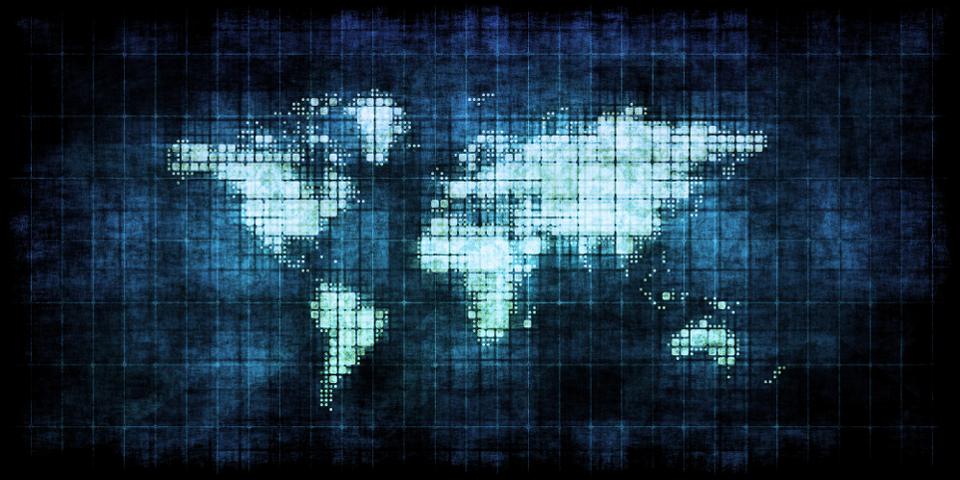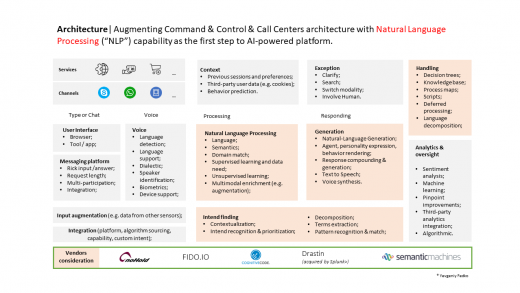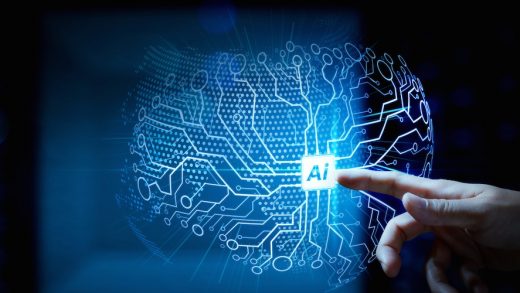
Since the outbreak of the Coronavirus, it was interesting to observe how has the role of technology has changed and equipped us to fight the pandemic. In this article, I want to focus on the role of Artificial Intelligence (AI) and how it enabled us to approach the situation differently this time.
Perhaps one of the first links that most of my friends and colleagues exchanged is the ArcGIS dashboard by John Hopkins CSSE that aggregated the latest formal communication and provided a one-stop intuitive view of the data.
But, can we build-up on the data analytics idea a bit further?
A bit of data harvesting, parsing, and analysis suggested that there are tons of data (open source as well as with enterprises) available for us to model. And we know that success of the prediction predicated on high-quality data. For instance:
- Open data. We appeared to have sufficient data that helps us to model Flu-like infection propagation scenarios based on historical data. Got multiple open sources, including Google Flu Trends.
- Private data. Interesting data sources happens to be in the hands of smart health kits producers. Think of Smart thermometers that feed your mobile up and eventually vendor with real-time data. For instance, Kinsa Inc, back in Q1 2019 they reported that nearly 1 million American households use Kinsa Health’s internet-connected thermometers and they submit about 40,000 readings a day. Grows rate of reading was stated at 10% a week. According to Medical Expo, There roughly 20+ brands operate in different geographies.
Parameterizing data with past studies and research insights help to build quite robust prediction models, that can continuously self-refine and course-correct us as we make predictions.
- US PubMed alone provides us with nearly 30M+ cites and findings that can be easily looked up and automatically ingested using a variety of API and batch integration options.
- There are a variety of China Biology Medicine databases, such as SinoMed that provide country-specific research and access to sheer volumes of research and insights.
- I have roughly encountered 20+ world credible databases that provide instant access to various research data and insights. Note that only US and China collectively account for 40-50% of the world’s scientific publications.
Now, think of enriching the above data with things like airline ticketing data, mobile phone tracking data, patient records, news reports, animal and plant disease networks feeds. You can now trace it down to where it is started with quite high fidelity.
The availability of open-source, private enterprise and real-time smart devices data brings us to the first AI use case is about our ability to model (predict) and visualize the spread of infectious diseases.
Further without going much into the detail, other use cases worth highlighting are:
- AI-based algorithms and services provide government agencies (e.i. centers for disease prevention and control) with early warnings and predictions advising governments on the potential outbreaks.
- Machine learning (think of it as research methodology on steroids) helps us to identify molecules that could form the basis of an effective treatment against the coronavirus. And according to Insilico, it took only four days to identify thousands of possible molecules.
- On a similar note, Cloud provides and Tech giants (e.i. Alibaba, Baidu) offer no-cost capacity and tools/algorithms to speed up research on viral gene sequencing, protein screening, and other potential solutions for prevention.
- AI to underpin mass and fully automated fever-detection systems with a margin of error within 0.05 degrees Celsius. Companies, like Baidu and Megvii, are rolling-out these systems in subway entrances of China megapolises.
- Chatbots and virtual advisors are offering people reassurance and helping to get treatment faster while keeping out of the waiting rooms. Thanks to pre-defined clinical guidance that can be quickly ingested into the algorithms.
- Machine learning to evaluate and optimize strategies for social distancing (quarantine) between communities, cities, and countries to control the spread of epidemics.
- On the distancing note, a key challenge in combating contagious diseases is limiting the spread of the virus within a smaller area (i.e cross-infection in hospital). Solutions like Vivalink offer the possibility to limit patient-caregiver contact by providing real-time remote information. Not strictly AI case, but worth noting.
- AI-empowered algorithms such as genome-based neural networks already built for personalized treatment can prove very helpful in managing symptoms and events caused by a coronavirus.
In my view, AI empowers us to better detect, predict, contain and treat the outbreak. We are certainly not yet at peaks of harnessing AI-technology benefits, but perhaps this unfortunate circumstance will push us further to embed some of the lessons learned into our technology development pathways (e.g. embedding right sensors in day-to-day electronics) and control measures in ecosystems (e.g. smart cities).


